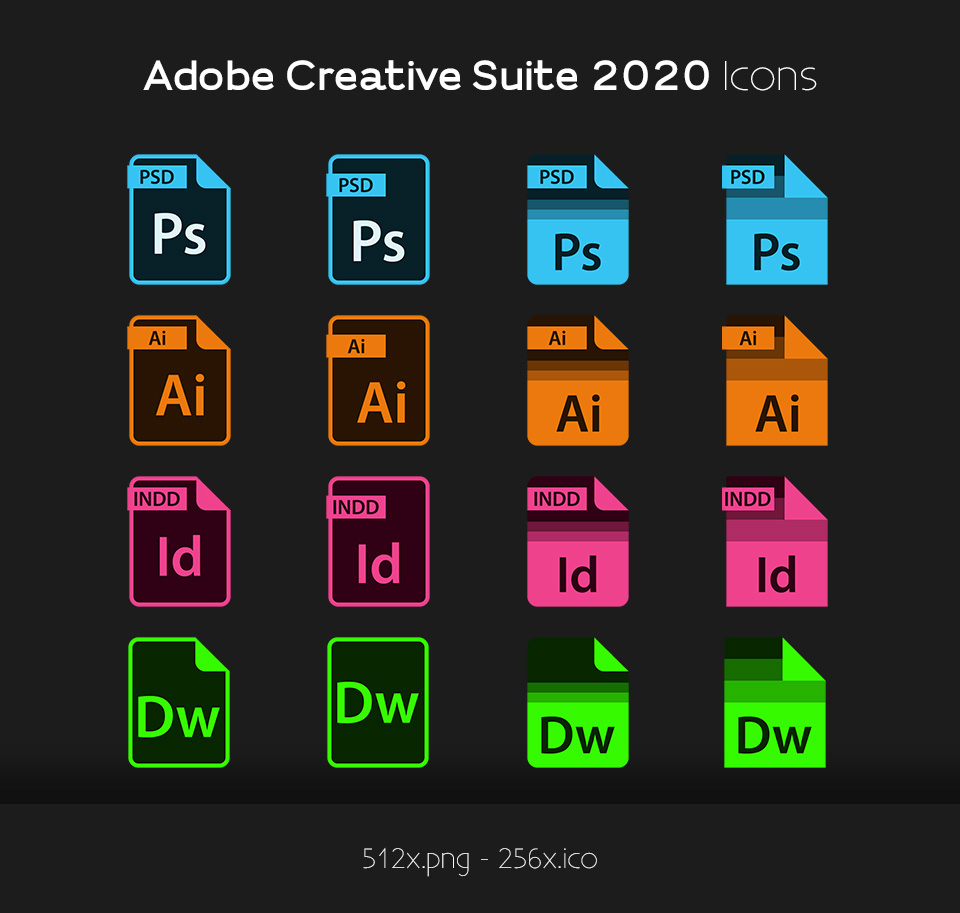Graphic design is an art form that combines creativity and technology to communicate ideas visually. To excel in this field, mastering the right tools is essential. Here’s a breakdown of the my top 10 must-have Graphic Design tools every designer should know:
1. Adobe Creative Suite

Adobe’s tools are the gold standard in the industry.
- Photoshop: Perfect for photo editing, digital painting, and creating complex visual compositions.
- Illustrator: The go-to for vector-based design, such as logos, icons, and illustrations.
- InDesign: Ideal for creating layouts for print and digital publishing, like magazines and brochures.
2. Figma

Figma has revolutionized UI/UX design with its collaborative, cloud-based platform. Designers can create wireframes, prototypes, and design systems in real time with their team.
3. Canva

For quick, professional designs without the steep learning curve, Canva is invaluable. It’s perfect for social media graphics, presentations, and lightweight design tasks.
4. Procreate

This iPad app is a game-changer for digital illustrators. With its responsive interface and endless brush options, it’s a favorite for creating intricate hand-drawn designs.
5. Sketch
Similar to Figma, Sketch is a powerful tool for UI/UX designers. Its vector-based design interface is highly intuitive and offers plugins that extend functionality.
6. Affinity Designer
An affordable alternative to Adobe, Affinity Designer is great for vector and raster designs. Its clean interface and impressive speed make it a rising star among creatives.
7. CorelDRAW
For those focusing on print and vector design, CorelDRAW provides powerful features for designing intricate illustrations, layouts, and typography.
8. Blender

While primarily a 3D design tool, Blender is becoming increasingly popular for motion graphics and animations, adding an extra dimension to your creative portfolio.
9. Wacom Tablets and Styluses

No graphic designer’s toolkit is complete without a drawing tablet. Wacom’s precise pen tools allow for detailed sketching and painting that rivals traditional mediums.
10. A Solid Project Management Tool
The last essential graphic design tool are management tools like Trello, Asana, or Notion. These keep designs on track, while managing projects and communicating with clients or teams effectively.
My Final Thoughts
The right tools empower designers to bring their visions to life efficiently and professionally. While the learning curve for some may seem steep, the payoff in creativity and productivity is well worth the effort. Master these essential graphic design tools, and you’ll set yourself up for success in the dynamic world of graphic design.
What’s your go-to design tool? Share your thoughts in the comments or @ me on my twitter page @JDesignHub.